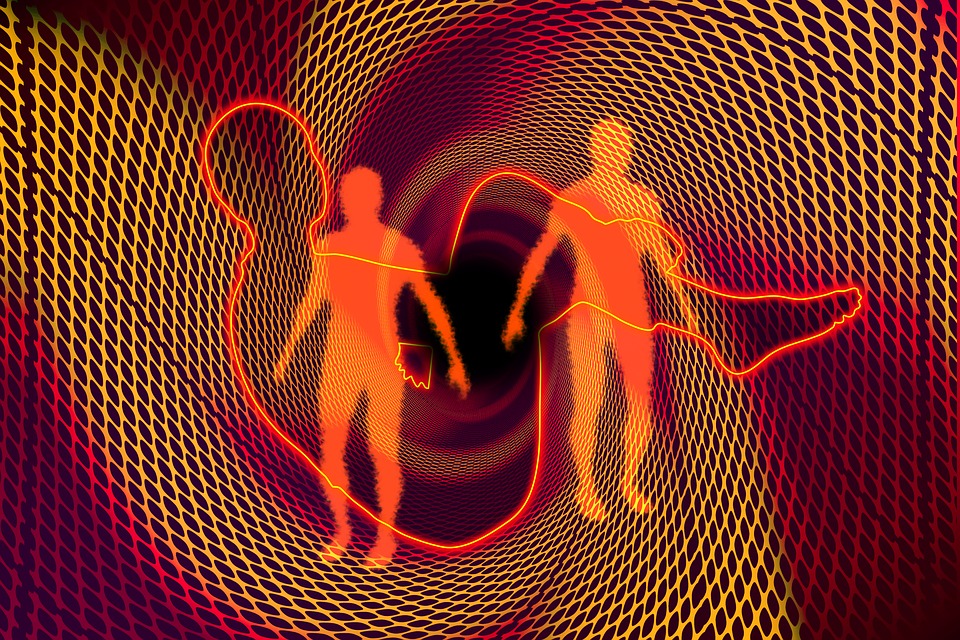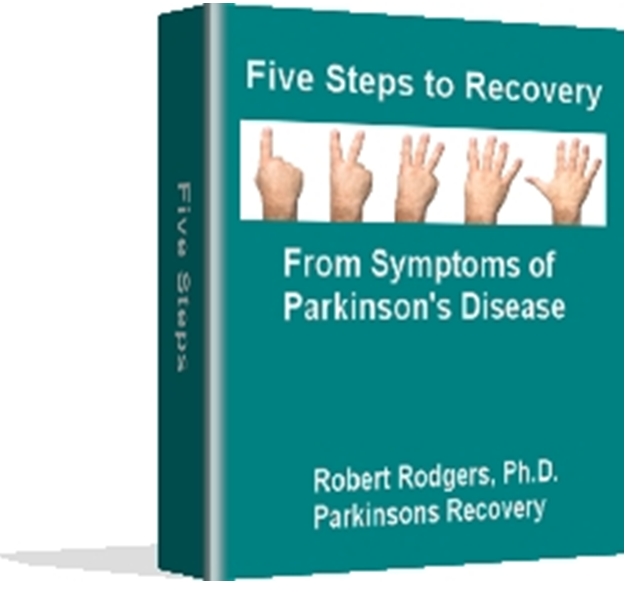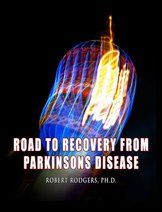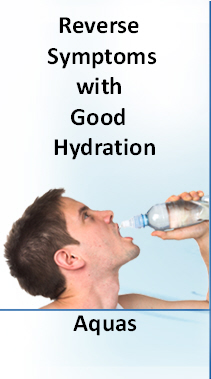Category: deep brain stimulation surgery
Parkinsons Recovery Newsletter
Five Steps to Recovery
Categories
- About Parkinson's Disease
- ada
- adrenal exhaustion
- affirmation statement
- agent orange
- alexander technique
- alternative therapies
- aluminun
- amalgams
- Amino Acid Therapy
- anger
- anti-oxidants
- anxiety attacks
- apoptosis
- apraxia
- aquas
- art therapy
- autism
- Ayurveda
- bach flower essences
- back problems
- balance problems
- Beliefs and Parkinson's
- Bemer
- BioAcoustics
- bioenergetic assessment
- Biophotonic Therapy
- body work
- Bowen Therapy
- brain fitness
- breathwork
- calm tremors
- Can You Reverse Parkinson's
- Can-C eye drops
- cancer
- candida
- caretaking
- causes of Parkinson's
- cbd
- cell therapy with stem cells
- chi mat
- Chinese Medicine
- Chinese Scalp Acupuncture
- chiropractic Treatments
- chlorine
- constipation
- copper
- COq10
- cranial electrostimulation (CES)
- craniosacral therapy
- Creativity and Parkinsons
- crowns
- crystals
- Cure for Parkinsons
- Dancing and Parkinson's
- decision making
- Declaration of Independence
- Deep Tissue Massage
- dehydration
- dental appliance
- dental health
- denture cream
- depression help
- DHA (Omega 3)
- diagnosis
- diet
- dizziness
- Dopamine
- drug interactions
- Drug Side Effects
- drumming and Parkinson's
- early onset Parkinson's
- earn an income working from home
- electromagnetic sensitivity
- emfs
- Emotional Freedom Technique (EFT)
- energy fields
- energy healing
- energy of the future
- essential oils
- excessive sweating
- Exercise and Parkinson's
- Eye Problems
- fake product recommendations
- falls
- family constellations
- fatigue
- fava beans
- fear
- Feldenkrais
- Fermented Papaya
- finger nail problems
- fire opal
- focused ultrasound
- folk medicine
- food
- food allergies
- foot baths
- foot injuries
- foot whisperer
- forced exercise
- Frankincense
- freezing
- frequency healing
- frozen shoulder
- functional medicine
- Future of Medicine
- gait issues
- gastroperesis and Parkinsons
- genetically modified foods (GMOs)
- genetics
- Glutathione
- gray hair
- groin pain
- grounding
- hakomi
- handwriting
- harmonic healing
- heal scars
- healing
- Healing Parkinsons from the Inside Out
- heavy metals
- herbs
- hivemapper
- holistic approach
- Homeopathy
- honey
- hope
- hormones
- horses
- how family reacts
- How to produce dopamine
- hydration
- hydrotherapy
- hypnotherapy
- hypotension
- improve balance
- incontinence
- infections and Parkinson's Disease
- inflammation
- injury to the head
- insomnia
- Insulin Resistance
- intramuscular stimulation (IMS)
- intranasal device
- iron
- jaw misalignment
- John Coleman
- juicing
- ketones
- l-dopa
- language of recovery
- laughter yoga
- lessons learned
- light therapy
- lithium
- lock jaw
- low blood pressure
- low dose naltrexone
- lyme disease
- macrobiotics
- Magnesium
- magnets
- making changes
- mannitol
- Massage
- ME3
- medical specialties
- medications
- Meditation
- memory exercises
- micrographia
- mindfulness
- mindwork
- mobility challenges
- mold
- money
- mt. Kilimanjaro
- mucuna
- multiple system atrophy
- muscle testing
- muscle tightness
- music and Parkinson's
- Myofascial Release (MFR)
- Myths about Parkinson's
- NADH
- Natural Remedies Parkinsons treatment
- Natural Therapies
- natural treatments for Parkinson's disease
- naturopaths
- Neuro Feedback
- Neuro-linguistic Programming
- Neurological Diplomacy
- neurologist
- nunchaku
- Nutrition
- oat straw extract
- optometry
- overwhelmed and overstimulated
- pain
- painting
- panic attacks
- parasites
- Parkinson's nutrition
- Parkinsons
- Parkinsons 5htp
- Parkinsons Disease Early Symptoms
- Parkinsons disease hand tremors
- Parkinsons Disease Information
- Parkinsons Disease Research
- Parkinsons Disease Symptoms
- Parkinsons Disease Treatment
- Parkinsons Plus
- Parkinsons Recovery
- Parkinsons Recovery Magazine
- Parkinsons Recovery Membership
- Parkinsons Research
- Parkinsons treatments
- perepheral neuropathy
- photobiomodulation therapy
- physical therapy
- Pioneers of Recovery
- placebo effect
- plasticity
- pneumonia
- poem
- potassium
- power of the mind
- prevent falls
- probiotics
- psoriasis
- psychic readings
- pulsed electromagnetic field therapy
- Q&A With Robert Rodgers PhD
- Qigong
- quantum healing
- radio program
- recovery
- Recovery that is Stuck in the Mud
- Reiki
- Restless Leg Syndrome
- rhodiola
- Rife Machine
- road to recovery
- rock solid walking
- salivation
- sam-e
- Seven Secrets to Healing
- side effects of medications
- sinemet
- singing
- skelatoes
- sleep disorders
- smell and Parkinson's
- sound healing
- sound therapy
- spasms
- Sports Massage
- stem cell implants
- stem cells
- steps to recovery
- Stochastic Resonance Therapy (SRT)
- Stress and Parkinsons
- sugar cravings
- Supplements
- support group
- support system
- surgery
- Surveys
- swallow safely
- symptom free
- symptoms
- table tennis
- tai chi
- Thoughts and Parkinsons
- tmj
- Toxins in the Body
- transcranial magnetic stimulation
- Trauma and Parkinsons
- treatment options
- Triumph Over Tremors
- TTG
- Vagus Nerve
- vibration therapy
- vibroacoustic therapy
- viruses
- vision
- vitamin D3
- voice analysis
- voice profiling
- walk in shower
- weakness
- weight loss
- wisdom of the body
- yoga





